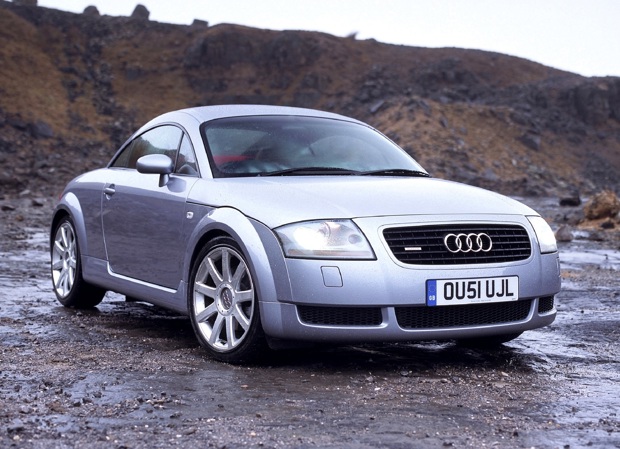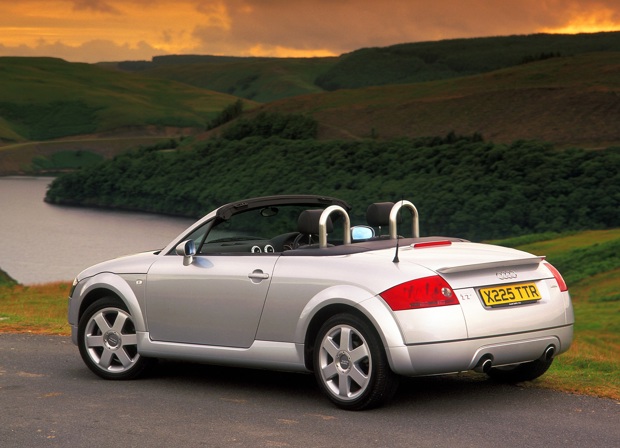Future Classic Friday: Audi TT

Very few concept cars make it through to production virtually unchanged, so when Audi pulled the wraps off its new TT at the 1998 Paris Motor Show, the automotive world was stunned.
Here was a car that, in the metal, was so unbelievably similar to the concept car that preceded it, it was difficult to tell them apart. Put the production car alongside Audi's 1995 Frankfurt Motor Show concept and you have to look hard to spot the differences - the biggest of which is the rear profile of the roof.
The body of Audi's first real sports car was beautifully sculpted, as, indeed, was the interior, which was uncluttered and simple, yet characterised by distinctive ringed dials.
In many ways, the Audi TT felt very special. Yet it was also quite affordable, a situation helped in no small part by its VW Golf origins. Under the skin, the Audi TT was based on the platform of the Volkswagen Golf Mk4 - a car known for being well assembled, but not renowned for its sporting prowess.
Initially, power came from Volkswagen's proven 20-valve 1.8-litre turbocharged petrol engine, developing either 180PS or 225PS, depending on tune.
Versions were available with front-wheel-drive or four-wheel-drive 'quattro' running gear, with power fed from front to rear via a Haldex differential on-demand.
The Audi TT was fairly quick, but not sensationally rapid (the 180PS model hit 60mph from a standstill in a smidgeon over eight seconds), which drew criticism from some hardcore performance car fans, but to most people the car was nippy enough and the looks more than made up for it.

Indeed, demand was such that for the first 18 months of production, there was no right-hand-drive example. A few LHD cars made their way to the UK and most have since made their way back across the Channel.
In 2001, the Audi TT lost its top and although the TT Roadster was attractive, purists argued that it lacked the simplicity of the original Coupe design. Then, in 2003, came the TT's trump card, the V6.
With 247bhp and Volkswagen Group's new DSG semi-automatic transmission it turned the TT into more of a drivers' car, while a six-speed manual version of the V6 was soon to follow.
The changes made the Audi TT a genuine GT, which made all the right noises and was a perfect long distance cruiser, as well as a purposeful sports machine when it needed to be.
In 2004, with a new model not far off, Audi introduced a budget front-wheel-drive Audi TT with 150PS. This entry level car was hardly a great performer, but it made the Audi TT more accessible. Hardcore enthusiasts aren't keen but this makes them great value on the used market if you're the kind of buyer that favours form over function.
And to be fair, that's what the Audi TT does best. While the V6 model was a very nice car, there were better sports cars and better GTs available for the money. But there were few cars better looking.
Take that forward to today, and with Audi TT prices starting at around the £1000 mark (and with none of the rust problems that seem to besiege some of the TT's Japanese rivals from the same era) the car is tremendous value. There has genuinely never been a better time to buy what must be a surefire classic in waiting. Find a classic Audi for sale.

